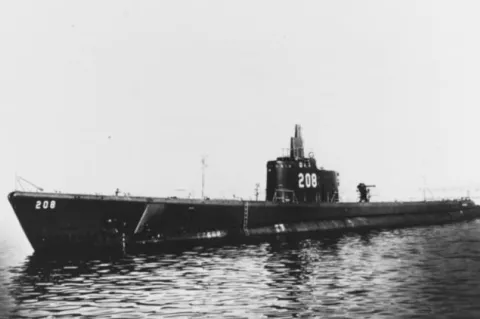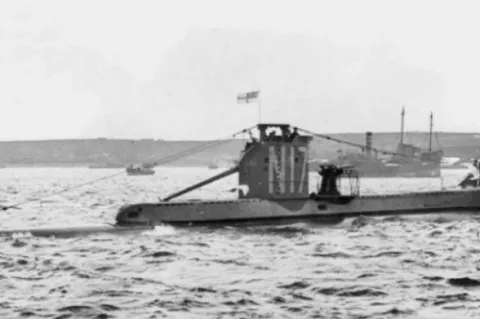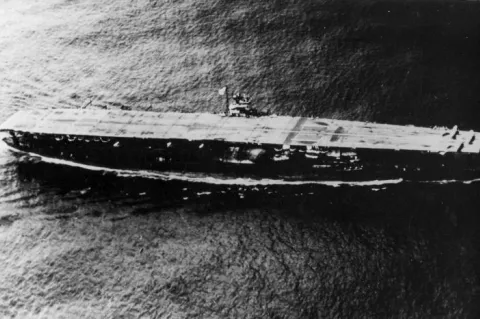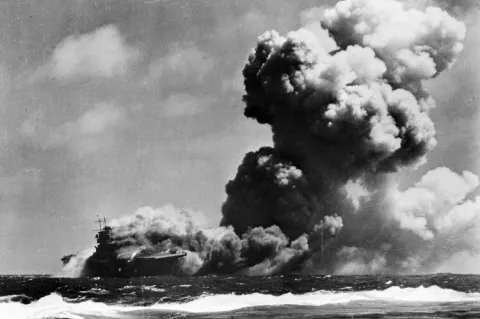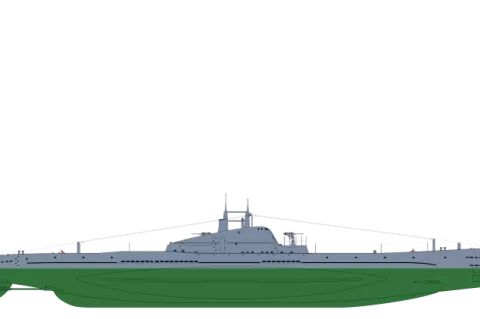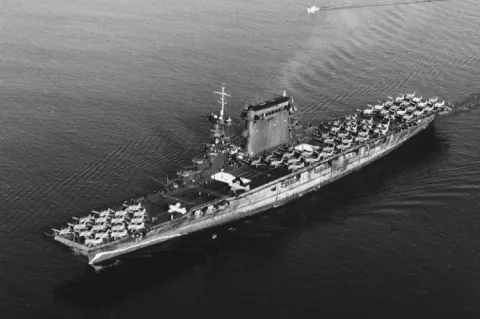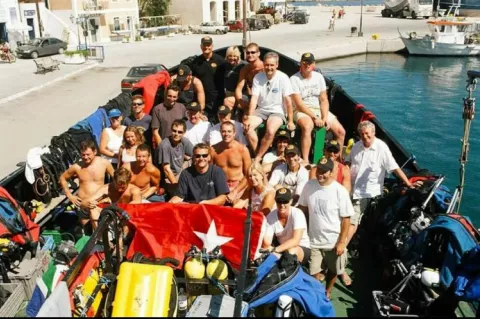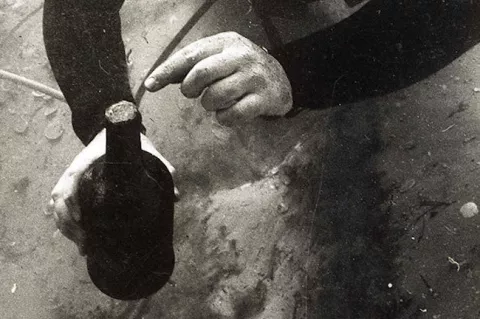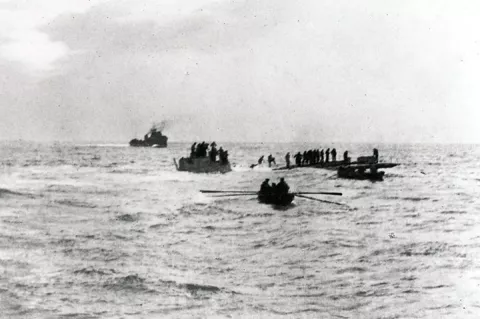Wreck of World War II submarine USS Grayback discovered off Japan
The submarine was found by the Lost 52 Project, which locates lost U.S. World War II submarines, and is the first U.S. submarine discovered off the coast of Japan. Japanese records indicate that the sub was sunk by a 500-pound bomb dropped by a naval bomber in February 1944.

